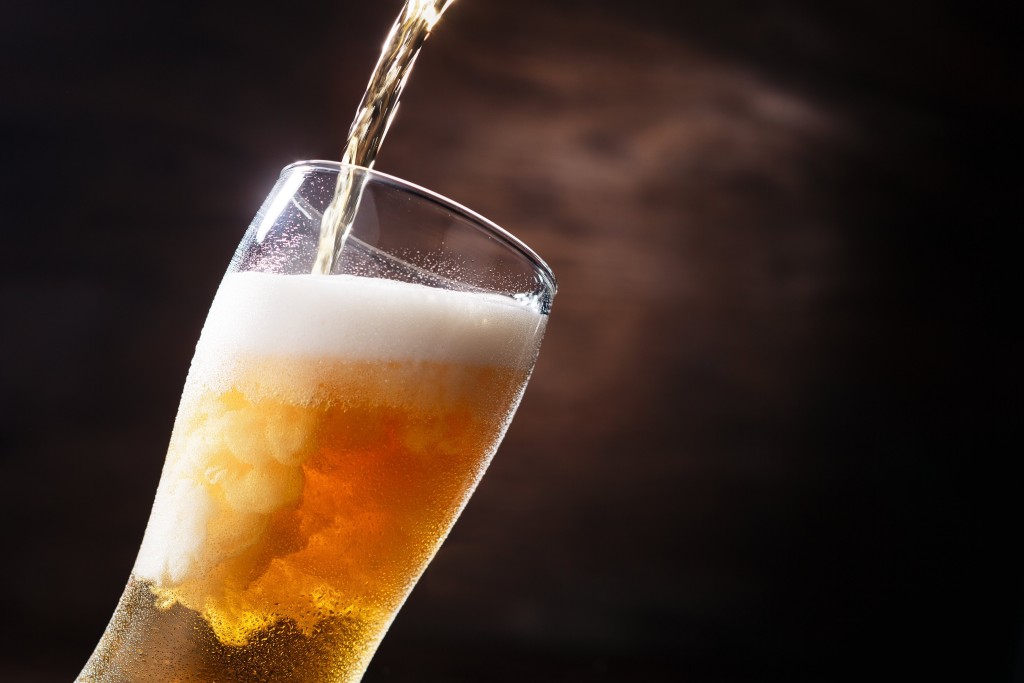Craft beer has seen a rise in popularity in recent years, as smaller breweries crop up with their own creations. A wide variety of bottles show different flavors, brewing styles, cultural references, and origins. With each providing its own spin, someone just delving in may not be sure what makes a particular brew different and how to discern the stand-outs in the market.
Here are some go-to notes when trying out a new craft beer:
Be Happy with the Hoppy
Flavor is important in determining how much you’ll enjoy your drink and how much you’ll be reaching for it again. While different tastes lean toward varying flavors (from bitter or aromatic variants to punchier hits that can be sweet or sour), it’s always a good thing when a craft beer’s components include a good variety of hops.
This is especially essential in flavored and fruity beers that need a perfect balance of taste that is not overpowering but definitely discernible. Manufacturers of mango puree and other ingredients have been the popular and indispensable partners for independent brewers across the U.S., with more brands looking to create a mark on consumers’ palates.
Beers that use a premium hop can feel different, from the way their flavor characters appear with each sip to their shelf life. Used right, hops can balance the sweetness and bitterness perfectly and can be the deciding factor as to whether you’ll be getting an aromatic brew or otherwise.
Even for individuals who prefer less hoppy flavors, the use of hops is crucial in determining the final profile of a beer.
Get a Handle on It

Beer handling is a crucial part of preserving its shelf life and getting the best output. Make sure your source for craft beer has the knowledge to properly handle their goods. Especially with craft beer, you want to get some specifics clearly to ensure the best taste.
Spotting some mishandling doesn’t necessarily mean your beer has been tampered with or that the local restaurant isn’t following good practices. There are just certain things that need to be done specifically to maximize the craft beer quality, and they aren’t always necessary for other beverages in storage.
Make sure your beer, especially if it’s not vintage, isn’t cloudy. This haze can point to buildup and other issues that may be brewing. Steer clear of frosted glass. Some restaurants serve craft beers in these types of glasses or mugs for the aesthetic, but this actually affects the taste of your drink and makes it unnecessarily foamy.
Finally, make sure there aren’t too many bubbles sticking to your glass. That is a telltale sign that the rinsing needs a little help. This doesn’t naturally occur with beer unless the container has some residue in it.
Love the label
While craft beer is widespread now, with over 7,000 new brewers in the U.S., it doesn’t mean anybody can just start making their own beer. There are stringent processes to make sure the beer is marketable and safe to consume. So, make sure you read the label and see pertinent information on it.
Even makeshift brewers can come up with a really good-looking label that could possibly put a false sense of ease in a consumer. The way to tell if it’s sourced from a legitimate independent brewer is by checking if it has the official markers for consumption and if it has details on the alcohol volume and the ingredients used.

